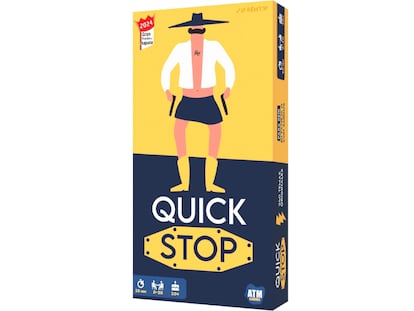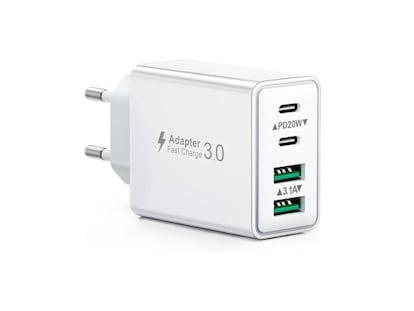Manipulating Bone Healing by Drugs
Drug treatment has become one of the most important cornerstones of modern medicine, successfully influencing the course of many diseases. But in orthopedic surgery, drugs are still used surprisingly seldom.
Technical advances like new fracture fixation devices and joint prostheses have revolutionized the lives of many orthopedic surgery patients. But, even today, some patients experience fractures that fail to heal, despite numerous operations, the most modern fracture devices, or bone transplants. Limb amputations are sometimes the only remaining solution in some of the most severe cases of fractures that do not knit together.
Me and my fellow researchers believe that we can offer biological help in both fracture healing and in other diseases affecting bone.
There are two main cell types in the bone involved during the healing of a fracture.
Osteoclasts are specialized cells involved in resorption – the breakdown and cleanup of dead bone in a fractured area – so that new bone can be laid down. Osteoblasts are the cells responsible for the production of the new bone. A collaboration and a balance between the two are required, both for a swift response to a fracture, as well for maintenance of a functioning skeleton.
Delayed healing or lack of healing of a fracture can be caused by either a failure in the response of the osteoblasts – resulting in a deficiency in bone formation – or by increased resorption activity of the osteoclasts, such as in infections or instability. Sometimes delayed fracture healing is a combined effect of both.
The amount of snow remaining in the fields the day after a snowstorm depends not only on how much snow has fallen, but also on how much snow melted away during the night. In bone, both the precipitation and the melting can now be manipulated by drugs.
Bisphosphonates are a class of drugs that are mainly used in the treatment of osteoporosis. These drugs are taken up exclusively by osteoclasts, causing these cells to die and thus delaying bone resorption.
In fracture healing, our research group has shown that bisphosphonates lead to the retention of the newly formed bone healing tissue and thus to a stronger bone repair. Bisphosphonates cannot alone initiate bone healing, but they can delay resorption of what has been formed. In other words, bisphosphonates decrease the melting, but not the precipitation.
Bone morphogenic proteins (BMP) are naturally occurring proteins capable of initiating bone formation. These proteins are involved in many biological processes but were first described in bone, where, as a response to trauma and fracture, bone morphogenic proteins initiate recruitment and proliferation of bone progenitor cells that develop into functioning, bone-producing osteoblasts.
Unfortunately, besides boosting bone formation, BMPs can also increase the resorption, or breakdown, of bone by osteoclasts. Thus, while bone morphogenic proteins can increase bone precipitation, they can also cause it to melt away.
Bone morphogenic proteins can be commercially produced by recombinant DNA manufacturing techniques. Both BMPs and bisphosphonates are approved for clinical use.
We have the tools at hand. While the use of bisphosphonates in orthopedic conditions other than osteoporosis is limited right now, bone morphogenic proteins are sometimes used in non-unions of fractures and in some spinal surgery. But the clinical spread is limited, mainly because, as used today, the costs of BMPs are high in relation to their clinical benefit. In our studies, we are combining the bone forming bone morphogenic proteins with a bisphosphonate, thereby controlling the unwanted resorption.
To study the effect on healing of the combination of a bisphosphonate and a bone morphogenic protein, we used a bone chamber model on rats. The chamber is basically a hollow cylinder screwed into the shin bone, and the chamber has openings in the bottom so that a bone graft can develop within the chamber. The bone graft is successively resorbed and replaced by newly forming bone and the process is studied and measured microscopically.
The chamber is a fantastic tool to study the basic mechanism and how the drugs really influence the bone forming. When we believe we understand we go to more clinically relevant animal models like creating and stabilizing fractures, before we take the results into the patients. The more we know before designing the clinical studies the more chances we have to really show that there is a difference.
We have demonstrated that bone healing can be influenced by adding pharmaceuticals like bone morphogenic proteins and bisphosphonates, and that the drugs can be used separately or in combination. New bone active drugs are being launched in the treatment of osteoporosis, and these can also be tested in other orthopedic conditions.
With increased knowledge of the dosing and timing of our existing drugs, and with new even more effective drugs in the near future, we will be able to provide new tools for the orthopedic surgeon and add a biologic edge to the technical revolution that orthopedic surgery has gone through in the last decades.
We want it to snow, but we don’t want it to all melt away.
Tu suscripción se está usando en otro dispositivo
¿Quieres añadir otro usuario a tu suscripción?
Si continúas leyendo en este dispositivo, no se podrá leer en el otro.
FlechaTu suscripción se está usando en otro dispositivo y solo puedes acceder a EL PAÍS desde un dispositivo a la vez.
Si quieres compartir tu cuenta, cambia tu suscripción a la modalidad Premium, así podrás añadir otro usuario. Cada uno accederá con su propia cuenta de email, lo que os permitirá personalizar vuestra experiencia en EL PAÍS.
¿Tienes una suscripción de empresa? Accede aquí para contratar más cuentas.
En el caso de no saber quién está usando tu cuenta, te recomendamos cambiar tu contraseña aquí.
Si decides continuar compartiendo tu cuenta, este mensaje se mostrará en tu dispositivo y en el de la otra persona que está usando tu cuenta de forma indefinida, afectando a tu experiencia de lectura. Puedes consultar aquí los términos y condiciones de la suscripción digital.




























































